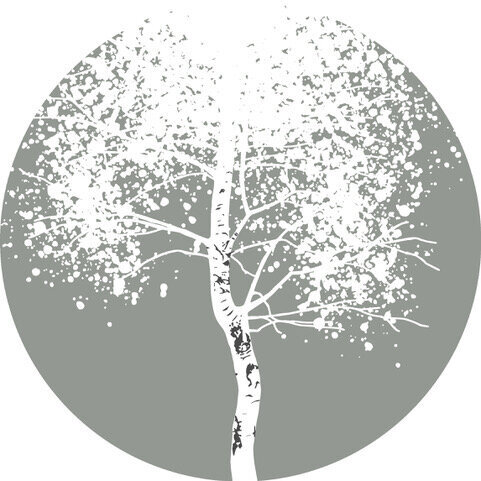Celebrating Beltane, the Yogic way.
/According to Glennie Kindred, “Beltain is a celebration of the fertility and rampant potency of the life force.” Beltane is one of the Cross Quarter celebrations between the Spring and Summer equinoxes. It is a time to celebrate growth and the vitality of the land.
A few years ago, I had the pleasure of being introduced to these celebrations that resonated far more than religious ones ever have. Pagan history embraced unions at this time and often reenacted the union of the horned god and fertile goddess to ensure a fertile land for growing the years harvest.
Fires were lit at Beltane to cleanse and purify. People used to walk their cattle through the smoke to bless them with health and vitality and couples would jump over the fire to pledge allegiance to one another.
I believe we should embrace every opportunity to celebrate nature. We have a place in it and we are nothing without it. So how might we celebrate Beltane though the Yogic lense?
The three lowest chakras can be seen to reflect the essence of Beltane. The root chakra (Muladhara) forms our foundation. It’s element is earth. The masculine is symbolic of roots penetrating the earth whilst the feminine draws energy and nutrients to flourish into a stable, beautiful form.
The sacral chakra (Svadhisthana) is for movement and flow and represents sexual energy. It’s element is water. The masculine is cleansing (like the fires lit at Beltane). The feminine is receiving and nurturing, she expresses passion.
The solar plexus chakra (Manipura) pertains to energy, strength and will. The masculine is willing and initiating. The feminine represents warmth and radiance.
Life force in Yoga is prana or the breath. Each chakra resonates to a particular sound. The root is Lam, The sacral is Vam and the solar plexus, Ram. Chanting these sounds helps to bring us into balance. Practices that are grounding, hip opening and activating help bring us into balance too. Practicing in nature would be a fabulous way of immersing yourself in the spirit of Beltane.
Hawthorn is the tree of Beltane. In medical herbalism, it is known as the heart herb for its beneficial properties that support the cardiovascular system. Traditionally, prayers were written on rags that were tied to the hawthorn. Perhaps an intention would suffice at the start of your practice. To end you could offer gratitude to mother Earth or offer loving kindness.
To find out more about Beltane and other ceremonies, I recommend reading Sacred Earth Celebrations by Glennie Kindred. More information on the history of Beltane can be found here: https://www.learnreligions.com/the-history-of-beltane-and-may-day-2561657

